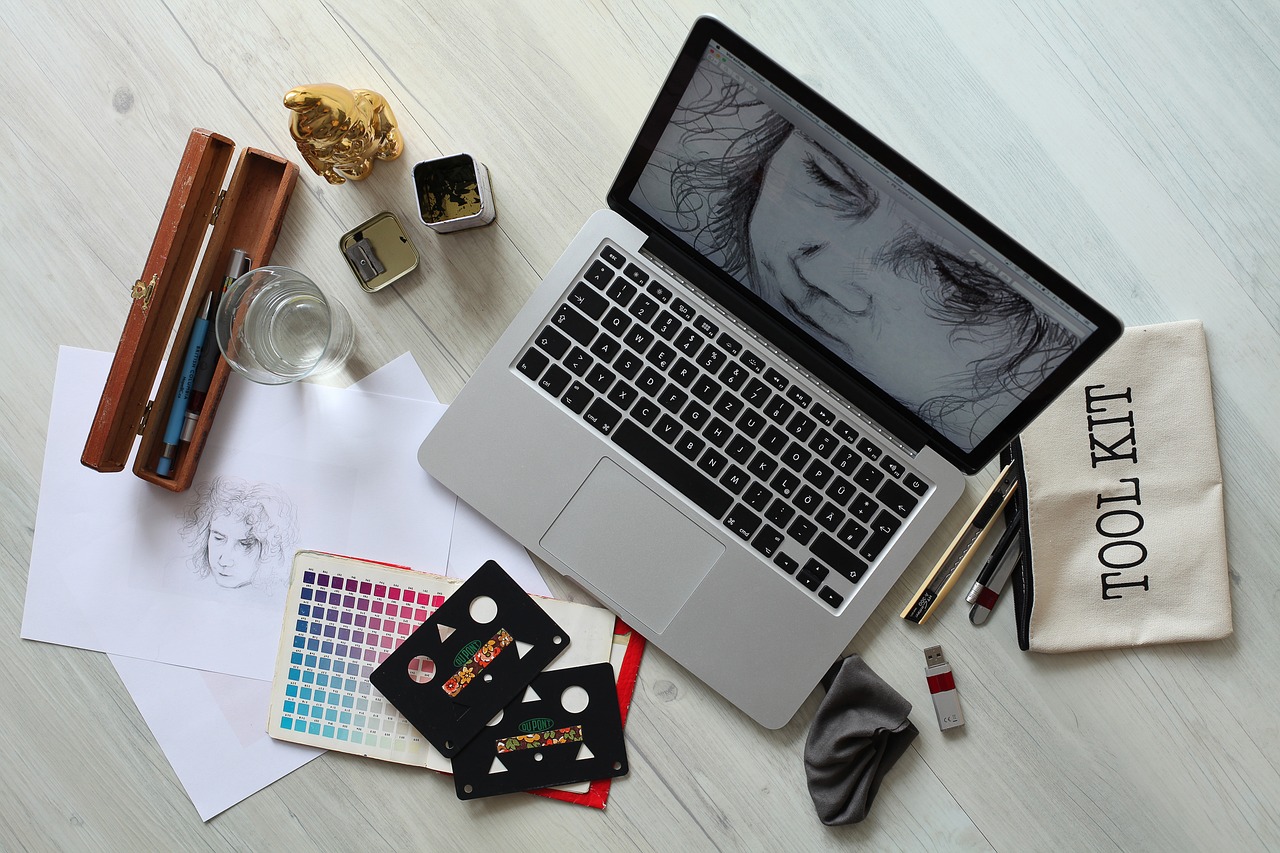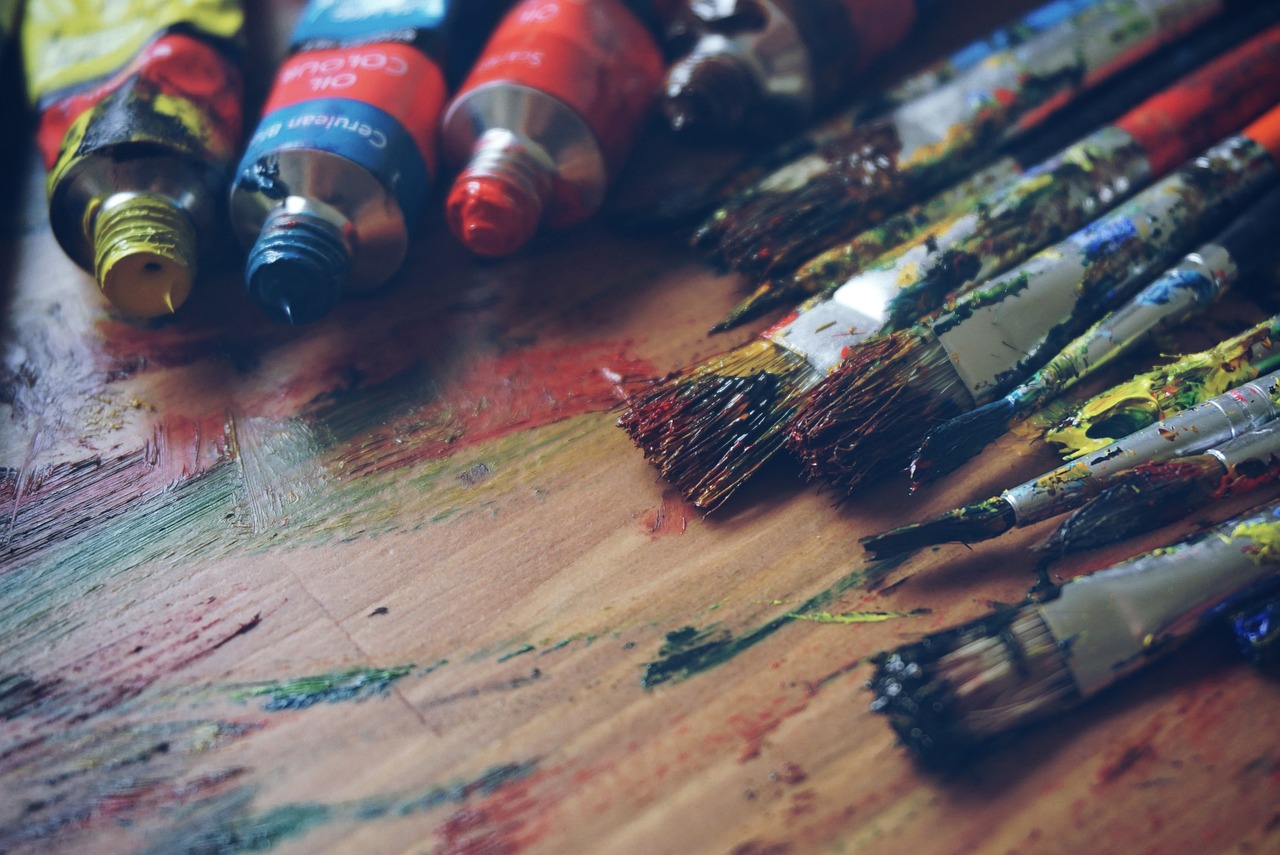Introduction: In today’s digital age, compelling graphic design is more than just aesthetics—it’s a strategic tool that drives engagement, enhances brand identity, and even influences SEO. In this post, we explore the science behind beautiful graphic design, focusing on the critical elements of color, typography, and layout. Whether you’re a seasoned designer or a beginner, understanding these elements can elevate your work and help your website stand out in search engine rankings.
1. The Power of Color in Design
Color is often the first element that captures attention. It sets the mood, evokes emotions, and influences user behavior. Research from design authorities like Adobe highlights the psychological impact of color, emphasizing how strategic color choices can communicate your brand’s personality and drive conversions.
- Psychological Impact: Colors can stimulate feelings ranging from excitement to trust. For example, blue often conveys reliability, while red can evoke passion or urgency.
- Brand Consistency: A well-defined color palette reinforces brand identity across all digital channels, contributing to a cohesive user experience.
2. Typography: The Art of Communication
Typography is not just about choosing a stylish font—it’s a crucial component that shapes readability, tone, and overall user engagement. As noted by the Nielsen Norman Group, effective typography improves the user experience by ensuring content is accessible and easy to read.
- Readability and Hierarchy: A balanced mix of font sizes, weights, and styles helps create a visual hierarchy that guides readers through the content.
- Emotional Connection: Fonts can convey emotion; for example, serif fonts often bring a sense of tradition and trust, whereas sans-serif fonts offer a modern, clean look.
- Responsive Design: Choosing web-safe fonts that adapt well across devices is essential for maintaining readability and SEO performance.
3. Layout: Creating a Visual Flow
A thoughtfully designed layout ensures that all elements of your design work in harmony. The layout not only organizes content but also guides the viewer’s eye, improving engagement and retention. According to design insights from Smashing Magazine, a clear, intuitive layout can make your website more user-friendly, ultimately boosting SEO metrics such as time on page and bounce rate.
- Grid Systems: Using grids helps maintain alignment and balance, creating a clean and organized look.
- White Space: Incorporating adequate white space prevents visual clutter and highlights key content.
- Call-to-Action Placement: Strategic layout design can direct users to your most important calls-to-action, enhancing conversions and user engagement.
4. Combining the Elements for Maximum Impact
The true art of graphic design lies in the seamless integration of color, typography, and layout. Here are some strategies to combine these elements effectively:
- Consistency Across Platforms: Ensure that your color schemes, typography, and layout are consistent across all devices and platforms to build brand recognition.
- User-Centric Design: Prioritize user experience by making navigation intuitive and the content easy to digest.
- Testing and Iteration: Use A/B testing to refine design elements. Tools such as Google Analytics and heat maps can offer insights into user behavior, allowing you to tweak designs for better performance.
5. Authority Opinions and Best Practices
For those seeking to dive deeper into the nuances of design theory, these authoritative resources offer a wealth of information:
- Adobe’s Creative Blog: Discover the science of color and how it influences design.
- Nielsen Norman Group: Understanding typography and readability for enhanced user experience.
- Smashing Magazine: Best practices for web layout and modern design trends.
Conclusion
Mastering the art and science of graphic design is essential in today’s competitive digital landscape. By strategically employing color, typography, and layout, you can create visually stunning, user-friendly designs that not only engage your audience but also enhance your website’s SEO performance. Keep experimenting, stay informed with expert advice, and watch your design skills—and your website’s rankings—soar.





